Johne’s disease has been diagnosed in many zoos and the infection threatens some very valuable animal collections. In response to this threat, a meeting of concerned zoo veterinarians and managers was held at the White Oak Conservation Center, Yulee, FL in 1998. The White Oak Proceedings laid the groundwork for an organized way to limit spread of MAP among zoological institutions. Specific control measures must be carefully tailored to each institution.
This publication contains a table listing 28 nondomestic animals that have been diagnosed with Johne’s disease: H. Steinberg. Johne’s disease (Mycobacterium paratuberculosis) in a Jamela Topi (Damaliscus lunatus jimela). The Journal of Zoo Animal Medicine 19(1/2):33-41, 1988. [Available from JSTOR]
December 2020 M. Rollo and colleagues published and excellent review article on MAP infections in zoo animals. This Open Access article appears in Frontiers in Veterinary Science (19 pages; 171 references).
The images below show just some of the MAP-susceptible zoological species that have been diagnosed with Johne’s disease. The names of institutions where these MAP-infected animals resided is withheld.
Dromedary Camel (Camelus dromedarius)
From Wikipedia: The dromedary has not occurred naturally in the wild for nearly 2,000 years. It was probably first domesticated in Somalia or the Arabian Peninsula about 4,000 years ago. In the wild, the dromedary inhabited arid regions, including the Sahara Desert. The domesticated dromedary is generally found in the semi-arid to arid regions of the Old World, mainly in Africa, and a significant feral population occurs in Australia. Products of the dromedary, including its meat and milk, support several north Arabian tribes; it is also commonly used for riding and as a beast of burden.
Johne’s disease has recently been recognized as a significant health problem for camels. Based on limited data, it appears that most diagnostic tests perform as well in camels as in other ruminants. Interested readers are directed to these publications:
Alharbi K.B., et al. 2011. Pathology and molecular diagnosis of paratuberculosis of camels. Tropical Animal Health and Production;10.1007/s11250-011-9905-2 [doi].
Ghosh, P., et al. 2012. Genome-wide analysis of the emerging infection with Mycobacterium avium subspecies paratuberculosis in the Arabian camels (Camelus dromedarius). PLoS One, 7(2): e31947.
Salem, M.A., et al. 2019. Investigation of Mycobacterium paratuberculosis in Arabian dromedary camels (Camelus dromedarius). Veterinary World, 12(2): 218-223.
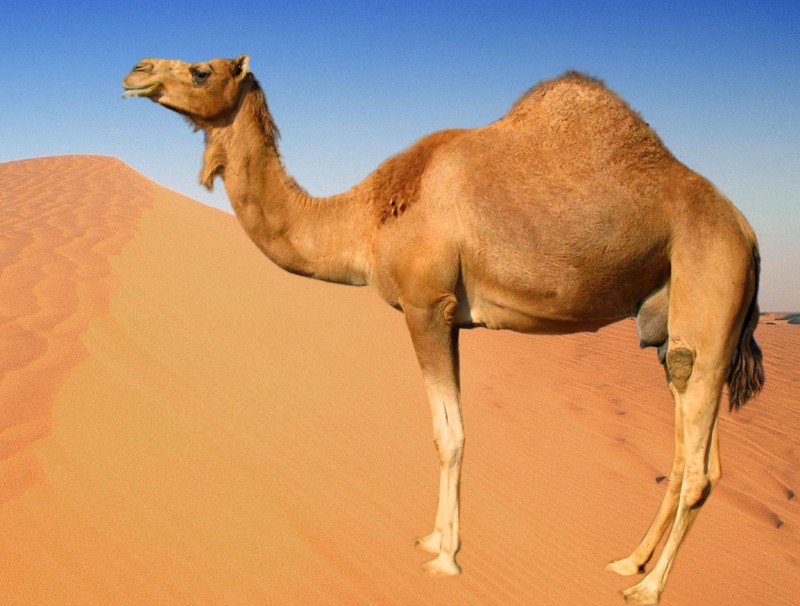
https://targetstudy.com/nature/animals/camel.html
Scimitar oryx (Oryx dammah)
The scimitar oryx (Oryx dammah), also known as the scimitar-horned oryx and the Sahara oryx, is a species of Oryx that was once widespread across North Africa. The species went extinct in the wild in 2000, but a group was released into an acclimation enclosure within the Ouadi Rimé-Ouadi Achim Faunal Reserve in 2016, then reintroduced back into the wild. Twenty-one additional animals were placed in the acclimation enclosure in 2017 (Wikipedia).
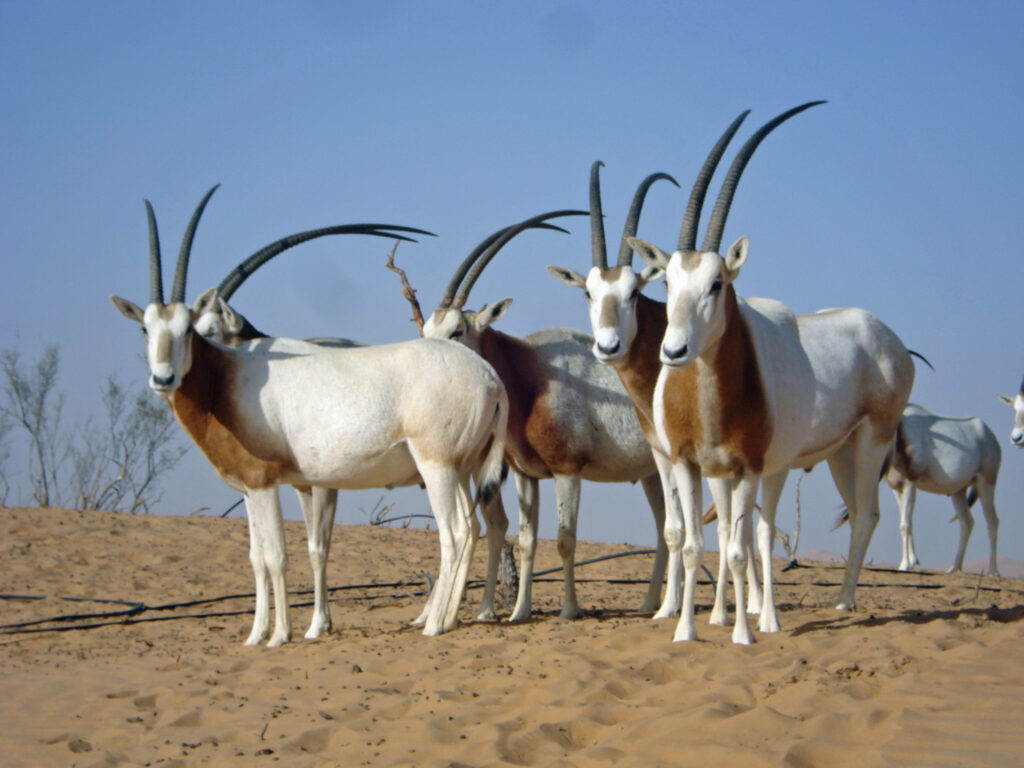
Pigoli C. et al. 2020. Paratuberculosis in captive scimitar-horned oryxes (Oryx dammah). Animals 2020, 10, 1949; doi:10.3390/ani10111949. [Open Access]
Hernández-Reyes, A.L. et al. 2022. First identification of Mycobacterium avium subsp. paratuberculosis in wild ruminants in a zoo in Mexico. Veterinary World 15(3):655-661.
Topi (Damaliscus lunatus jimela)
The topi prefers certain grasslands in arid and savanna biomes. Human hunting and habitat destruction have further isolated their population. The following countries have been found to contain topi: Burundi, Democratic Republic of the Congo, Kenya, Rwanda, Tanzania, and Uganda. Topi live primarily in grassland habitats ranging from treeless plains to savannas.

Impala (Aepyceros melampus)
The impala is a medium-sized antelope found in eastern and southern Africa. The sole member of the genus Aepyceros, it was first described to European audiences by German zoologist Hinrich Lichtenstein in 1812. Two subspecies are recognised—the common impala, and the larger and darker black-faced impala.
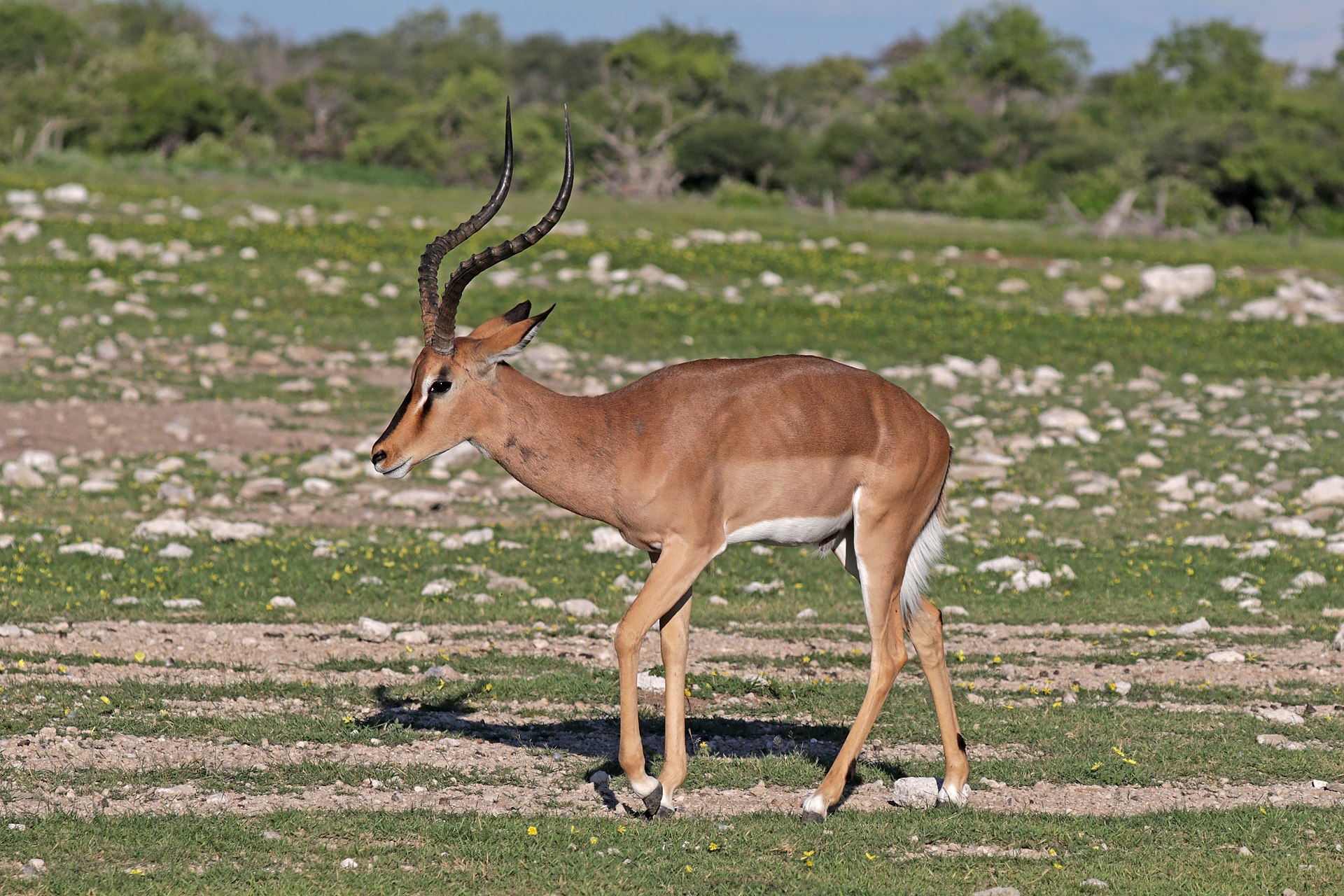
Thomson’s gazelle (Eudorcas thomsonii)
Thomson’s gazelle (Eudorcas thomsonii) is one of the best-known gazelles. It is named after explorer Joseph Thomson and is sometimes referred to as a “tommie”. Thomson’s gazelles can be found in numbers exceeding 550,000 in Africa and are recognized as the most common type of gazelle in East Africa. The Thomson’s gazelle can reach speeds of 50–55 miles per hour (80–90 km/h). It is the fifth-fastest land animal, after the cheetah (its main predator), pronghorn, springbok, and wildebeest.
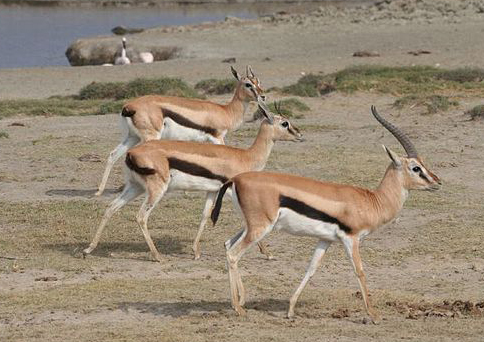
Springbok (Antidorcas marsupialis)
Springbok inhabit the dry areas of south and southwestern Africa. The International Union for Conservation of Nature and Natural Resources classifies the springbok as a least concern species. No major threats to the long-term survival of the species are known; the springbok, in fact, is one of the few antelope species considered to have an expanding population. They are popular game animals, and are valued for their meat and skin. The springbok is the national animal of South Africa. The animal shown below has clinically obvious Johne’s disease and was photographed at a zoo in the U.S.
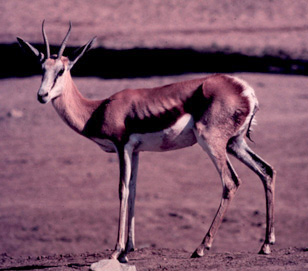
Nyala (Tragelaphus angasii)
The nyala is a spiral-horned antelope native to southern Africa. The coat is rusty or rufous brown in females and juveniles, but grows a dark brown or slate grey, often tinged with blue, in adult males. Females and young males have ten or more white stripes on their sides. Only males have horns. The nyala feeds upon foliage, fruits and grasses, with sufficient fresh water. A shy animal, it prefers water holes rather than open spaces. The nyala’s range includes Malawi, Mozambique, South Africa, Swaziland, and Zimbabwe.

Pudú (Pudu puda)
The pudús are two species of South American deer from the genus Pudu, and are the world’s smallest deer. The name is a loanword from Mapudungun, the language of the indigenous Mapuche people of central Chile and south-western Argentina. The two species of pudús are the northern pudú (Pudu mephistophiles) from Venezuela, Colombia, Ecuador, and Peru, and the southern pudú (Pudu puda) from southern Chile and south-western Argentina. Pudús range in size from 32 to 44 centimeters (13 to 17 in) tall, and up to 85 centimeters (33 in) long. As of 2009, the southern pudu is classified as near threatened, while the northern pudu is classified as vulnerable in the IUCN Red List. MAP infections have been diagnosed in both free-ranging captive pudú. D. González-Acuña et al. reported the first cases of paratuberculosis in Southern Pudu deer in Chile: First report of paratuberculose in Southern Pudu


